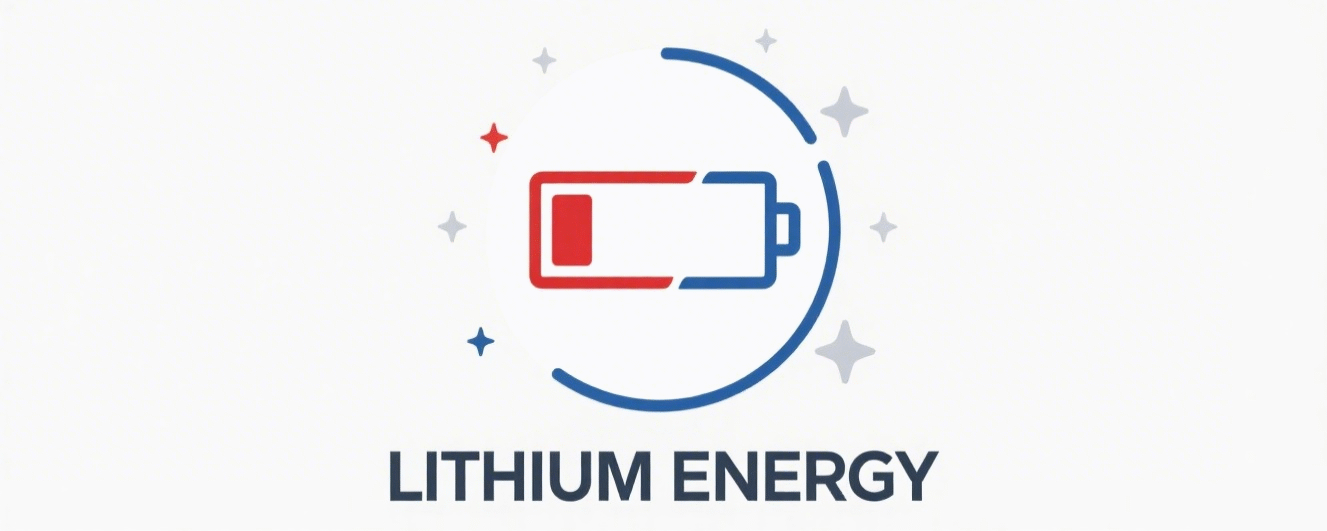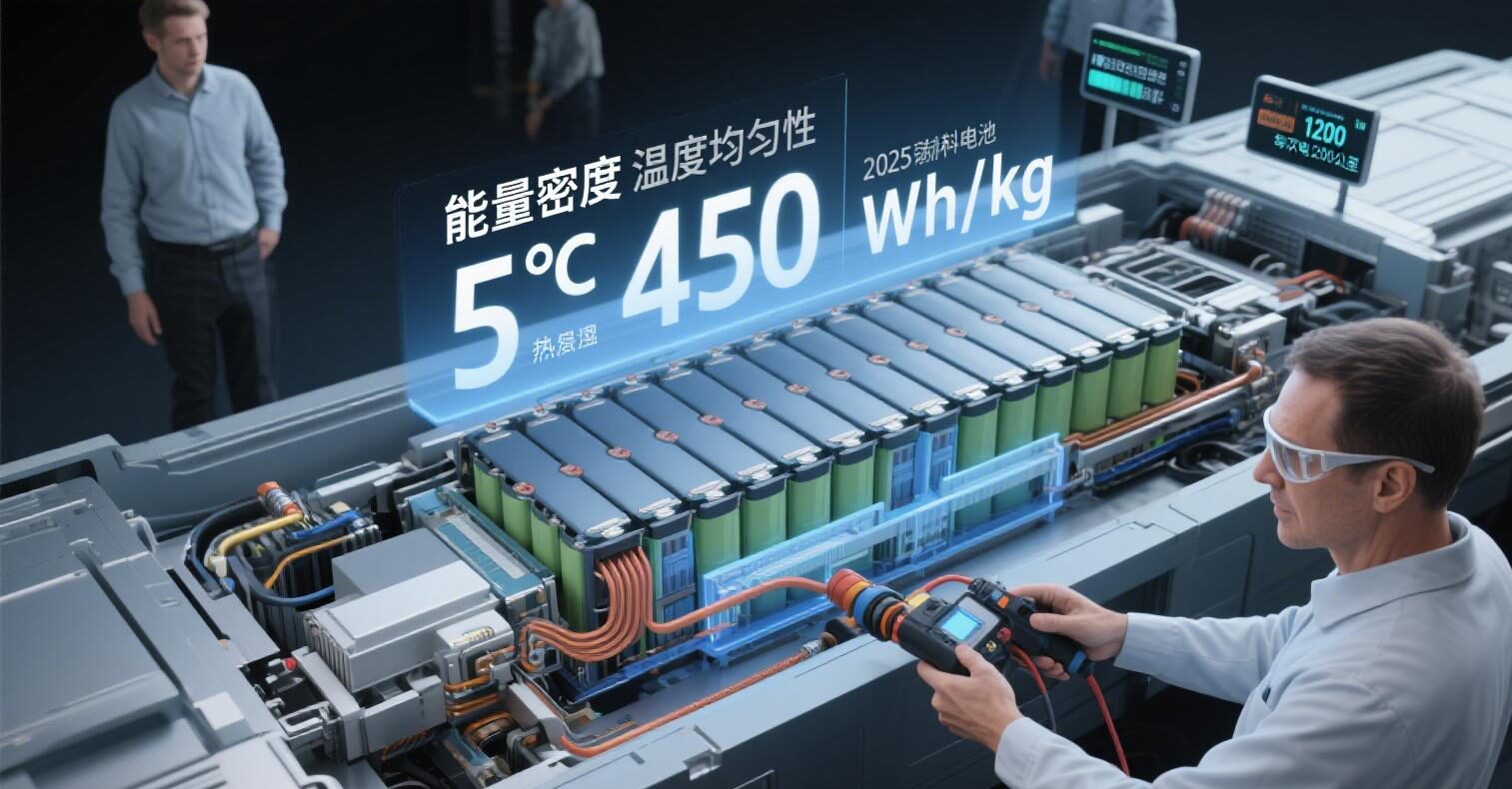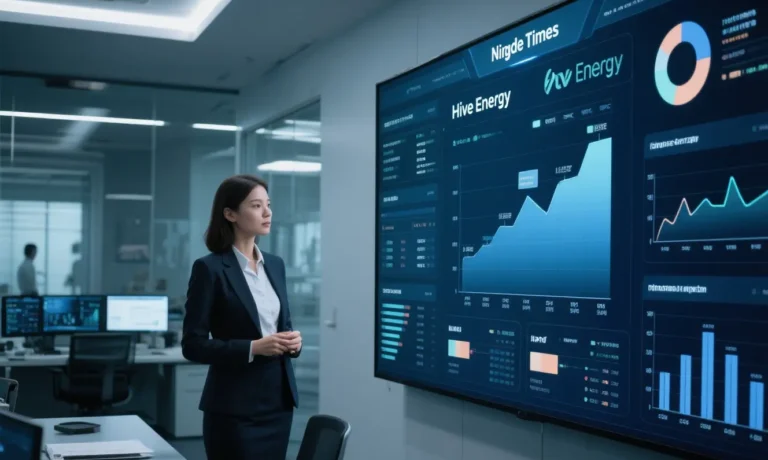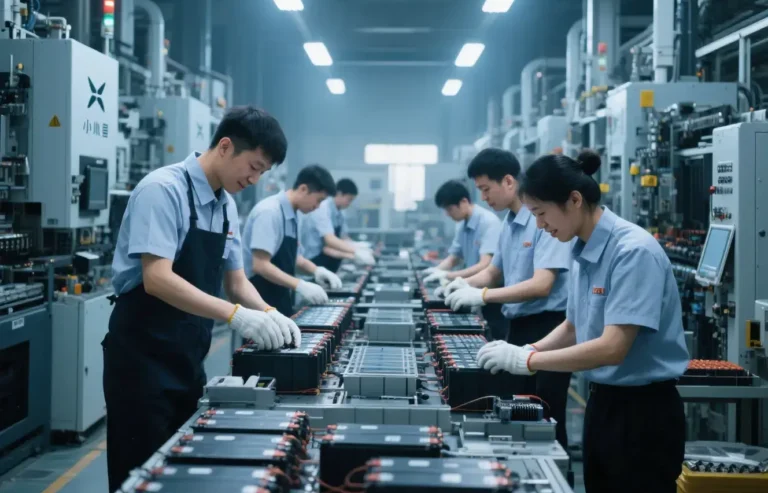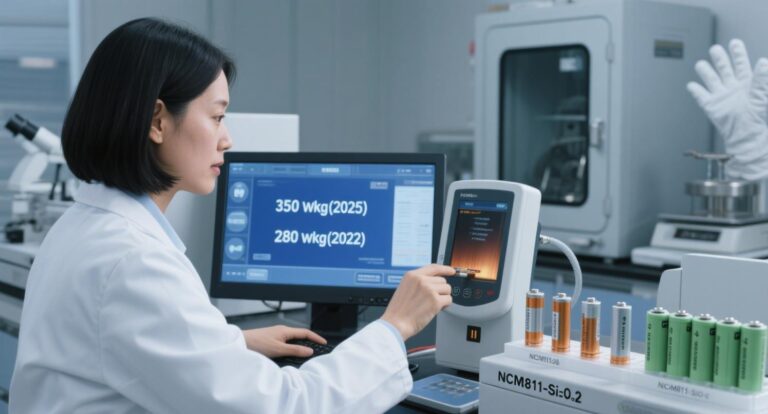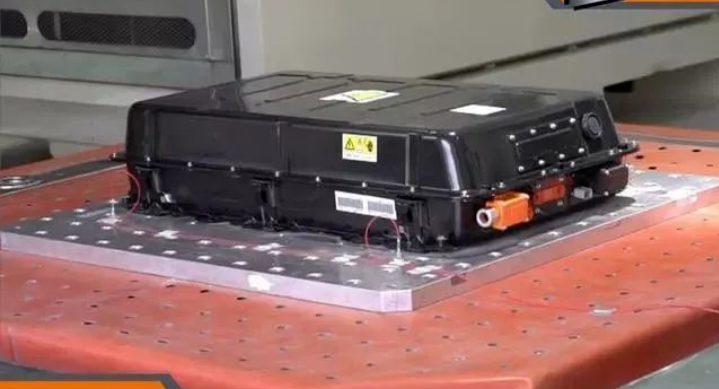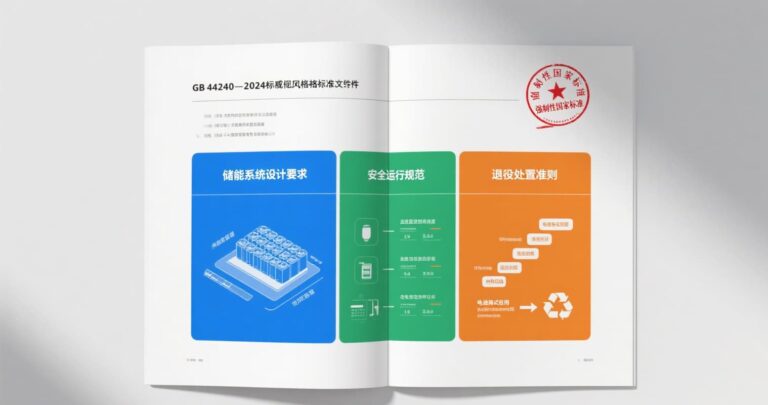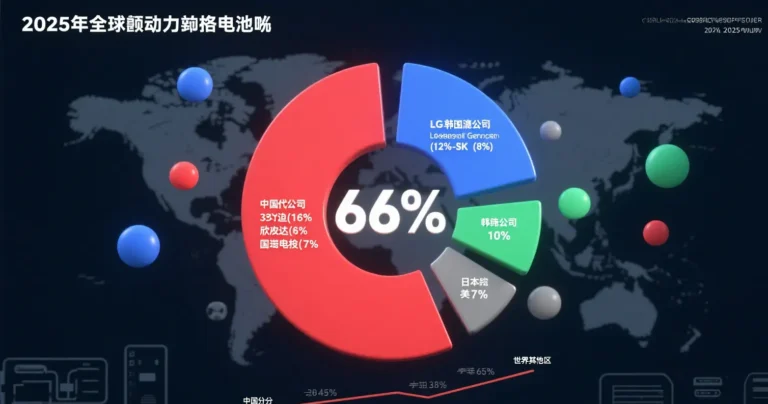Solid-state batteries will be the “next generation revolution in the battery world”
When Hui Energy Technology announced 57mS/cm ionic conductivity, the physical limit of liquid batteries was formally penetrated – this energy revolution driven by solid-state batteries is reconfiguring the trillion-dollar industrial landscape with a triple disruptive breakthrough.
I. Solid-state battery performance breakthrough: double leap in safety and energy
1.Intrinsic safety mechanism
Non-flammable electrolyte: sulfide/oxide solid-state electrolyte completely eliminates the risk of thermal runaway, passing the 200°C hot box test (liquid batteries >80°C will be out of control)
Structural resistance: BYD blade batteries withstand the crush of 46 tons of trucks with no leakage, and the temperature of the surface of the pinch is <60°C.
2.Energy density jump
A[Liquid Battery] –> |300Wh/kg Ceiling | B[Solid State Battery]
B –> C[Sulfide System 450Wh/kg]
B –> D[Lithium Metal Anode 720Wh/kg]
Note: Phono SF-Ceramion™ achieves room temperature conductivity of 57 mS/cm, 6 times that of liquid electrolytes1.
3. Extreme environmental adaptability
-20°C low temperature: discharge efficiency >90% (liquid battery <50%)7
6C fast charging: 4-6 minutes to 80% SOC (Mercedes-Benz Solstice™ battery empirical evidence)
II. Process Revolution: Reconfiguration and Opportunities in the Manufacturing Chain
Core equipment upgrade matrix
| process link | disruptive technology | Quantitative and Effective Enhancement | head equipment vendor |
|---|---|---|---|
| pre-filming | Dry Electrodes | Energy consumption ↓ 40%, cost ↓ 30% | Tsingyan Nako / Pioneer Intelligence |
| Nakamichi Stacker | Thermal Composite Flying Stack | 0.125 sec/chip, 99.9% yield | Beehive Energy/Li Yuan Heng |
| Interfacing | Isostatic densification | Cycle life ↑40% | Kawanishi Machine/Pilot Intelligence |
| be transformed into | High pressure activation (80MPa) | Interface impedance ↓90% | Hangke Technology |
Dry Electrode Mass Production Tipping Point
Core Parameters of the equipment to be delivered in 2025 by Qingyan Nako:
- Width: 800mm → 2026 target>1000mm
- Speed: 50m/min → negative electrode>80m/min, positive electrode>50m/min
- Compaction density: ternary positive electrode>3.5g/cm³, silicone-based negative electrode>1.6g/cm³

III. Application Upgrading: Trillion-dollar Scenario Fission
1. eVTOL (Electric Vertical Takeoff and Landing Vehicle)
- Rigid demand for energy density: >400Wh/kg (Xinjie Energy has reached 480Wh/kg)
- Safety certification breakthrough: Yihang EH216-S is equipped with solid-state batteries to realize 48-minute endurance, and will be certified for mass production by the end of 2025.
- Incremental market: China’s low-altitude economy will be 1.5 trillion in 2025, and aviation batteries will account for 20% of that amount10
2. Humanoid robot
- Continuity pain point solution: TaiLan New Energy 720Wh/kg all-solid-state battery, supporting 6 hours of continuous operation (2-3 hours for traditional batteries)
- Safety redundancy: GAC GoMate robot passes the impact test, 0 leakage risk
- Demand forecast: global demand for solid-state batteries in the field of humanoid robots will be >20GWh in 2030
3. Electric Transportation and Energy Storage
- Vehicle-grade landing:
- Fu Energy Technology sulfide all-solid-state batteries installed in 20266
- Guoxuan Gaoke “Golden Stone Battery” mass production of 400Wh/kg battery cells in 2027
- Energy Storage Economics: Tsing Tao Energy Semi-Solid State Battery Cycles >8,000 Times, Reduces LCOE by 30%
IV. Race for technology routes: the sulphide route locks in a win
Sulfide Core Advantages:
Ionic conductivity: glow energy 57mS/cm (oxide <10mS/cm)
Interface contact: self-leveling characteristics no-pressurization module, energy density ↑15%
Mass production progress:
Ningde Times 500Wh/kg lab product, 2027 vehicle loading
Toyota-Mercedes-Benz consortium to launch GWh-class production line in 2026
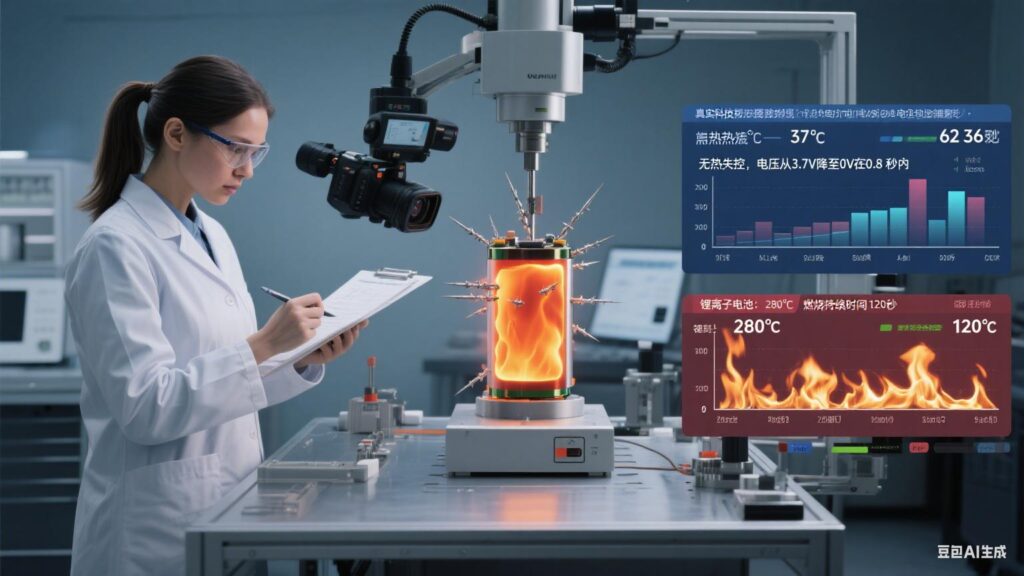
V. Reconstruction of industrial ecology: the rise of open technology alliance
Pfizer’s fourth-generation technology landing model:
1. Vertical division of labor:
- Pfizer provides core chemistry system (Inlay)
- Partners complete group packages and end-use applications
2. Regional manufacturing:
- Dunkirk super plant in France to go into operation in 2028 (localized supply chain in the EU)
3. Patent sharing:
- Authorizes core patents to material/device vendors to lower industry thresholds
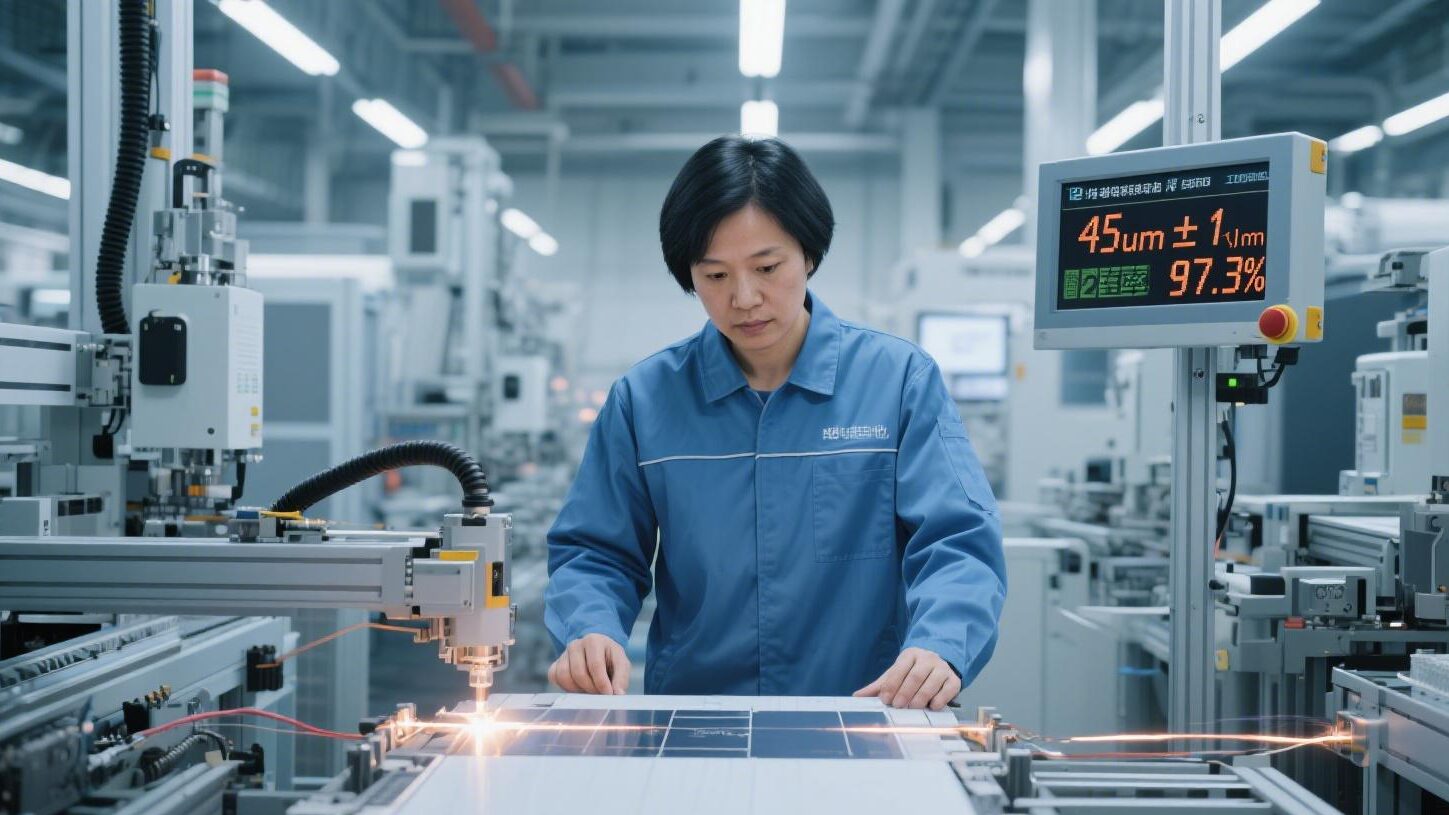
Strategic window for equipment vendors:
companies such as Precursor Intelligence account for 28% of the value of the solid-state equipment chain through whole-line output
When the mass production cost of solid state battery drops to $150/kWh (2030), the existing liquid battery system will only have a cost advantage. Laying out the process know-how and patent ecology in advance will enable us to seize the commanding heights of the energy revolution.
